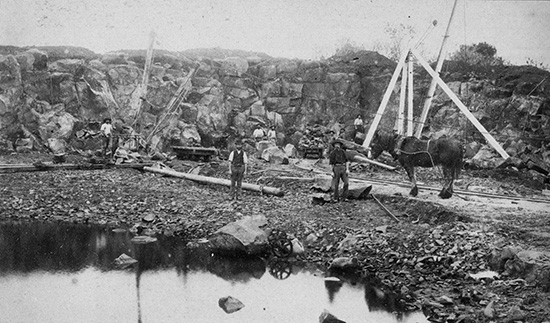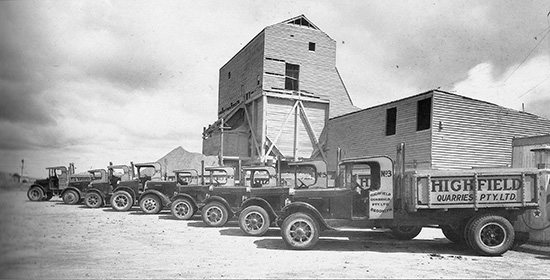Bluestone
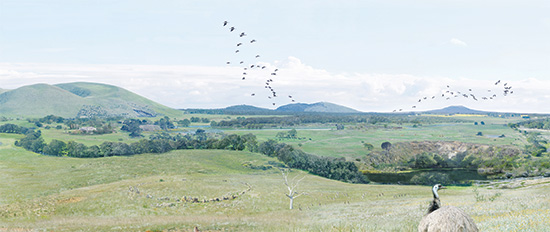
The Victorian Volcanic Plains begin at the Maribyrnong River and stretch across western Victoria and beyond the state border with South Australia.
Bluestone rock, otherwise known as basalt, is cooled lava. The dominant black and red clay soils on these plains come from the weathered basalt rocks combined with volcanic ash and volcanic larva flows produced from more than 400 points of eruption that are very new by geological standards, having been laid down between five million to as recently as ten thousand years ago.
The Maribynong River Valley was formed by water running down from the edge of the extensive lava flows of the Victorian Volcanic Plains.
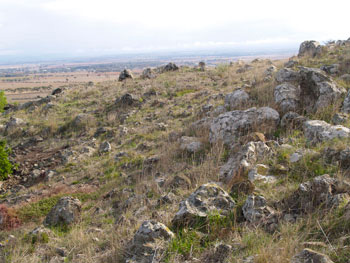
Consider next time you are in London or Paris, admiring the charm of that ancient European heritage, that you may be standing on the bedrock of Footscray, from the banks of the Maribyrnong River.
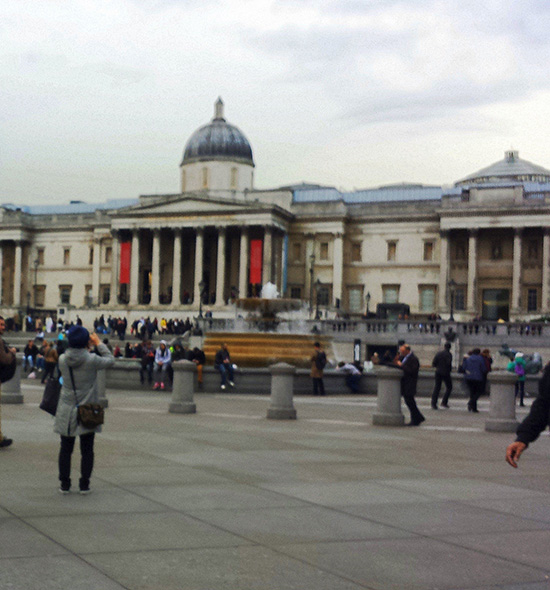
Some of the earliest quarrying in Melbourne was carried out on these river banks. The bluestone (or basalt) used to build Henderson’s piggery came from the very ground the Piggery stands on. This stone that we take so much for granted in Melbourne was first used for ballast in ships returning to Europe.
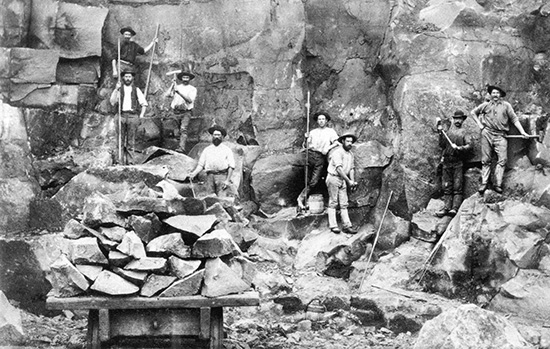
Quarrying was one of the reasons people first came to Footscray. Because of its availability and strength bluestone (or basalt) was quickly used as a building material for many parts of Melbourne and became the staple industry of Footscray in the early decades of the colony.
This ‘bluestone’ became known well beyond the boundaries of Melbourne. The stone that went back to Europe as ballast in ships, to keep them balanced and stable on the return journey, was then used for construction in several buildings in London, streets in Paris and other European cities.
In fact, a dressed block of basaltic rock from the bluestone quarries of Footscray won a gold medal at the Franco-British Exhibition in 1908. The experts said, ‘a finer sample of rock it would be difficult to find’.
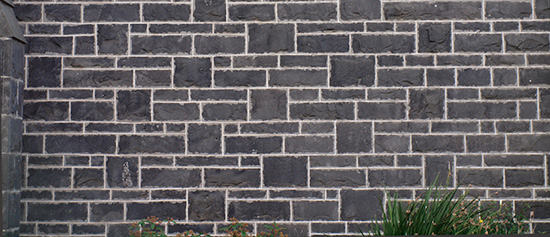
Bluestone is an essential ingredient in the unique character of Melbourne. That very solid grey look. Many quarries were opened up in the Western and Northern suburbs, including this area on the banks of the Maribyrnong here at Footscray. Many sports fields throughout Footscray are former quarries now filled in.
It is noted in the book Footscray’s First Fifty Years that in 1909 ‘most of Melbourne’s leading architects usually specified Footscray basalt for use as foundations and other crucial parts of a building’. How do we assess the impact and repercussions of such a story? How do we express our debt to rocks? How do we weave a story of stone into a fuller understanding of an earlier and very different lifestyle whose character has led to our own?
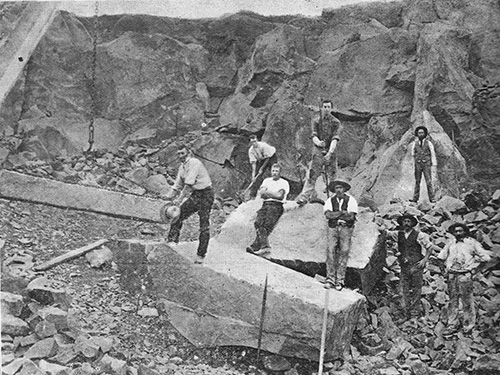
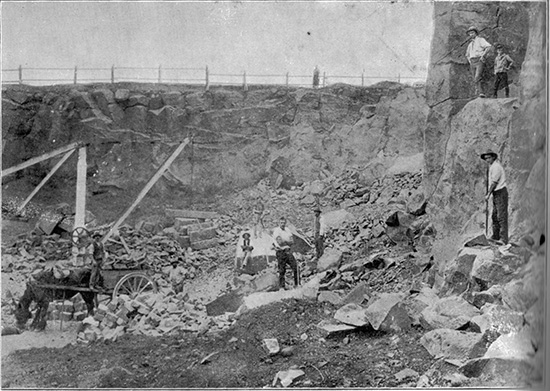
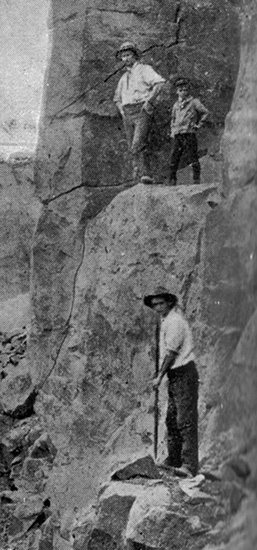
in the 1890s.
